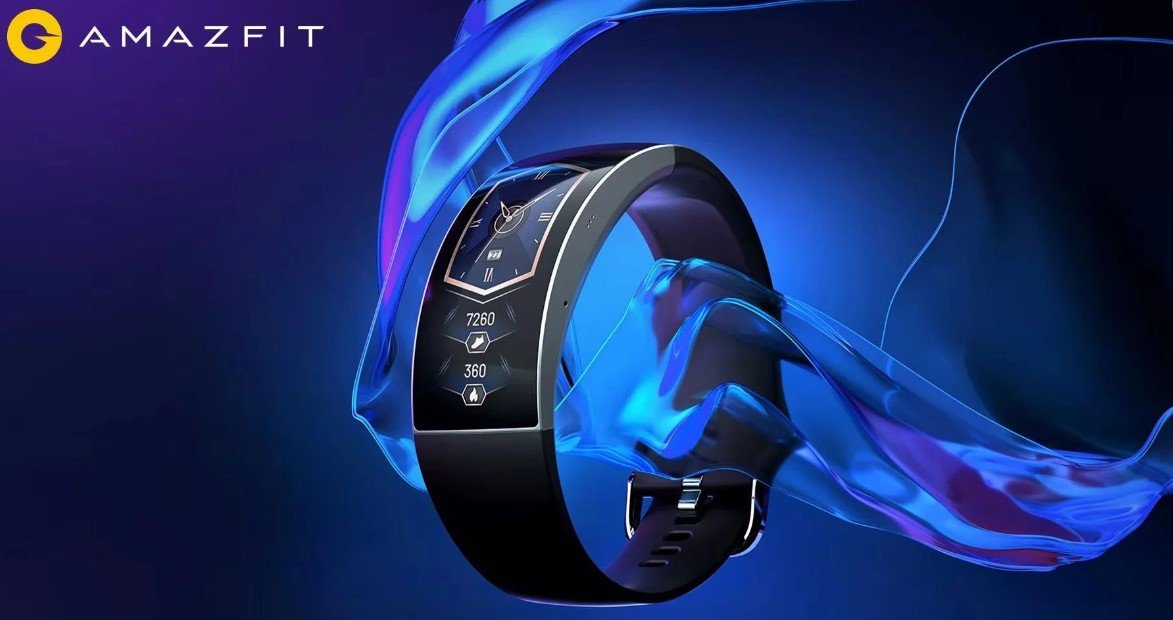In a world where health is becoming increasingly digitized, Amazfit is making strides with its innovative blood pressure measurement tool for smartwatches. This groundbreaking feature promises to bring medical-grade monitoring to the wrists of users worldwide.
The Dawn of On-Wrist Blood Pressure Monitoring
The quest for a more health-conscious lifestyle has led to the development of the Amazfit Balance smartwatch, a device that not only tells time but also keeps an eye on one’s vital signs. The recent introduction of a blood pressure measurement tool marks a significant leap forward. Users can now track their systolic and diastolic blood pressure with ease, mirroring the capabilities of the Samsung Galaxy Watch, albeit without medical certification. This feature is a testament to the brand’s commitment to innovation and user well-being.

The process of measuring blood pressure has been simplified to a 30-second task, requiring the user to remain still while the watch does its work. The historical data log feature within the app is a thoughtful addition, allowing users to monitor their blood pressure trends over time.
The Science Behind the Screen
Amazfit’s approach to blood pressure monitoring hinges on the PumpBeats technology, a sophisticated algorithm that utilizes the watch’s optical sensors. This method has been tested and has shown promising results, particularly in clinical settings with hypertensive patients. The technology’s accuracy is within acceptable ranges for non-medical devices, making it a valuable tool for preliminary health assessments.
The GTR 3 Pro model has taken things a step further by enabling automatic blood pressure monitoring during sleep, a time when the body is at rest and measurements are most reliable. This feature underscores the potential of wearable technology in preventive health care.
A Glimpse into the Future of Personal Health
As Amazfit continues to refine its blood pressure measurement tool, the implications for the future of personal health monitoring are profound. The integration of such features in everyday wearables could lead to more proactive health management and potentially life-saving interventions. With further advancements, these devices might one day rival the diagnostic capabilities of traditional medical equipment.



































